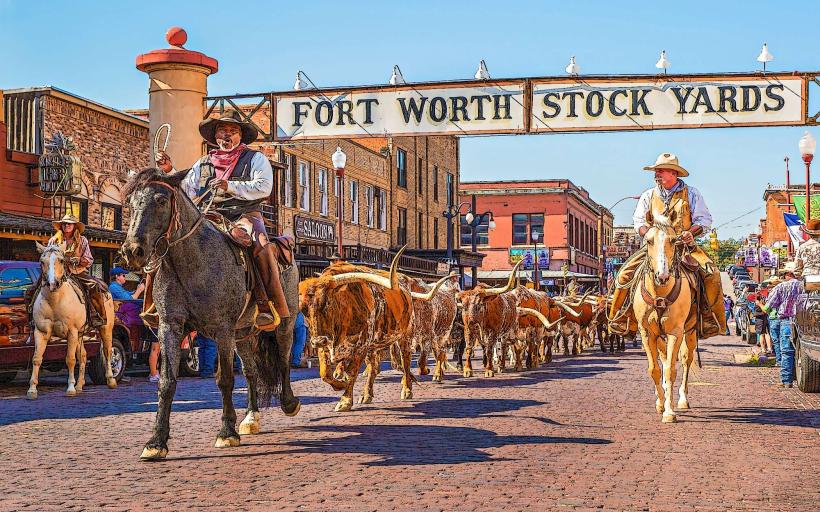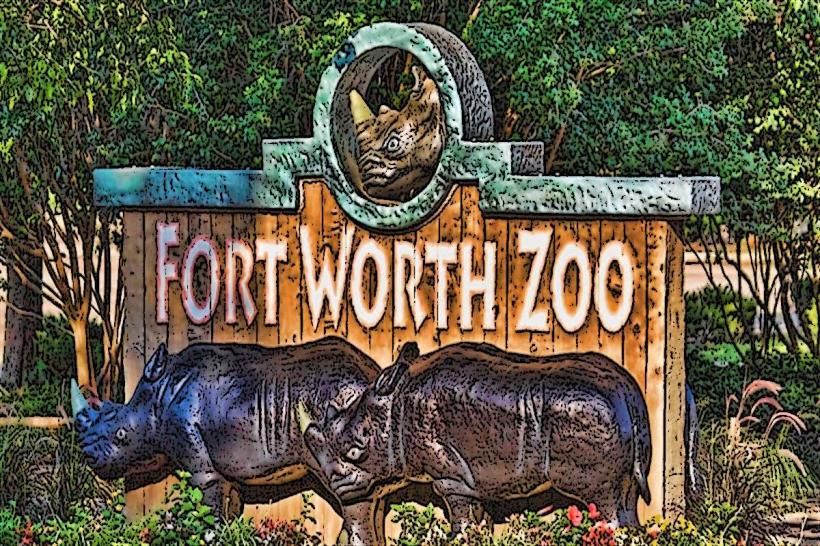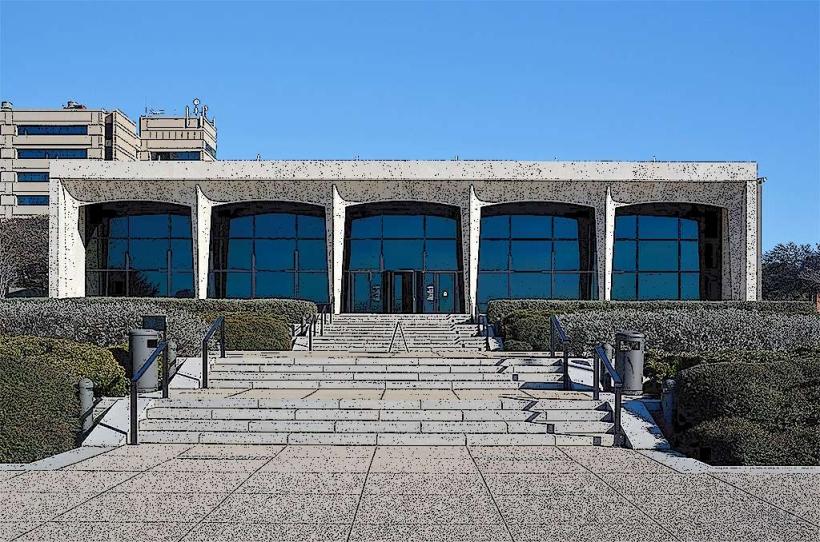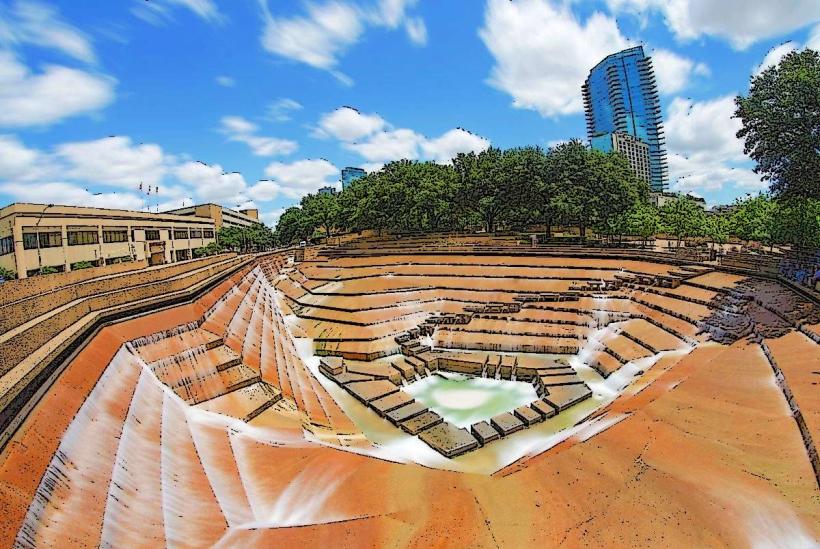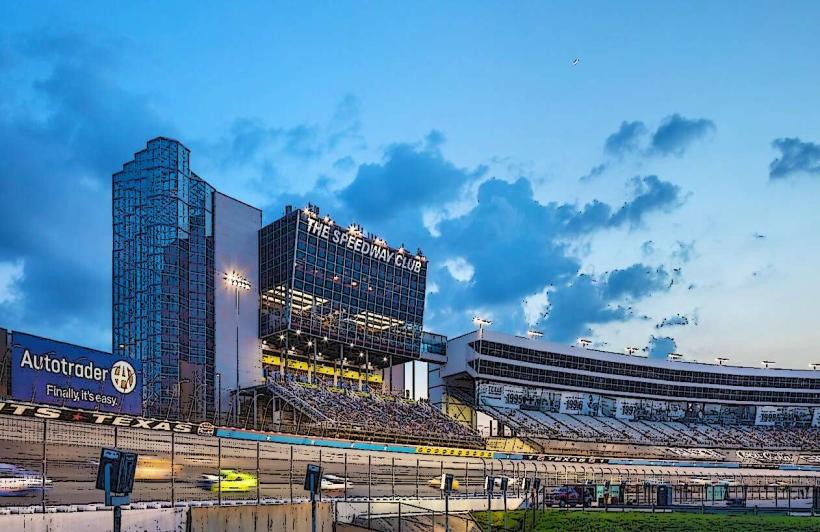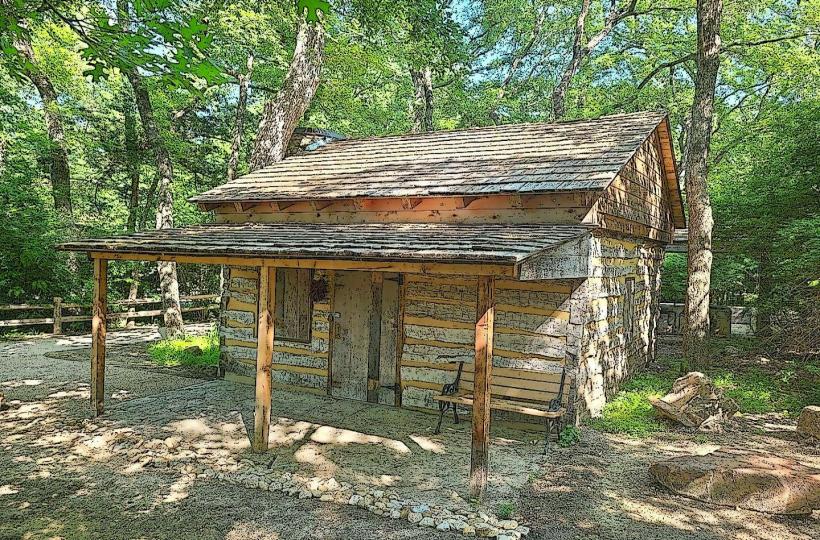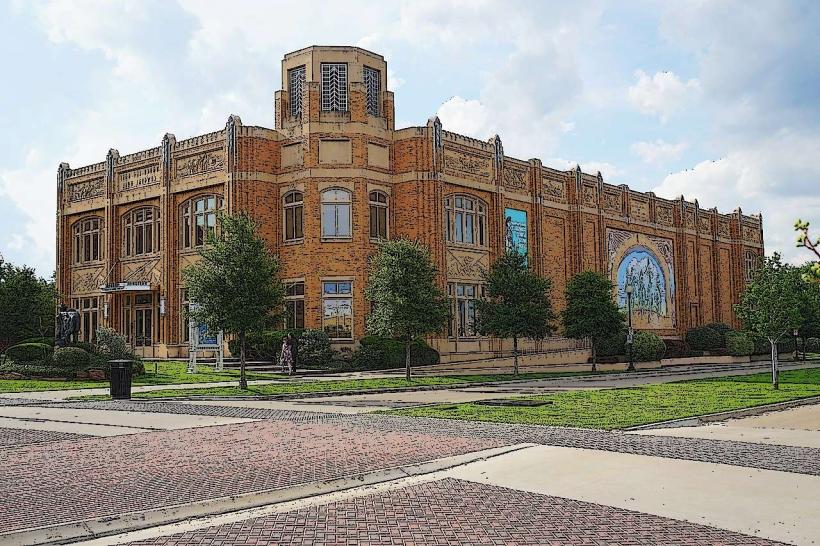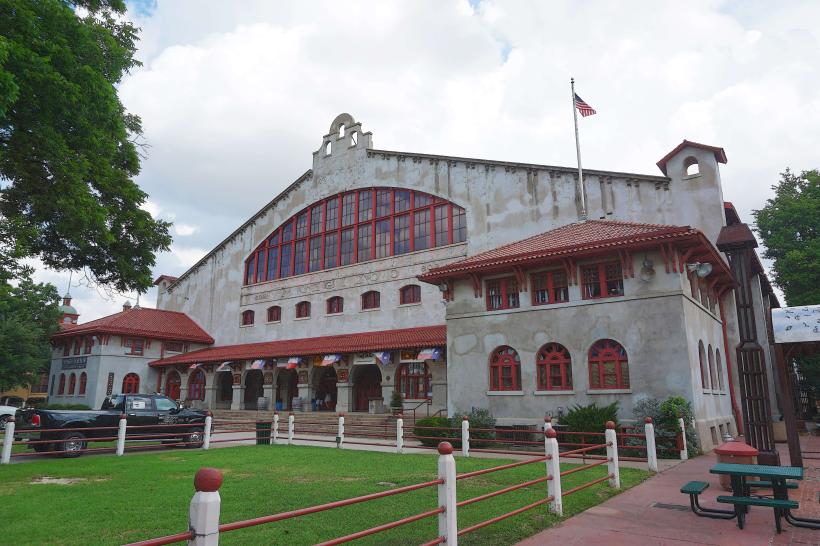Information
Landmark: Bureau of Engraving and PrintingCity: Fort Worth
Country: USA Texas
Continent: North America
Bureau of Engraving and Printing, Fort Worth, USA Texas, North America
Here is a detailed overview of the production process and security features of U.S. paper currency as handled by the Bureau of Engraving and Printing (BEP):
Production Process of U.S. Currency
The BEP uses a multi-step, precision process to produce currency. The process takes several weeks and combines traditional craftsmanship with modern technology.
1. Design and Approval
A collaborative process involving the BEP, the Federal Reserve, the U.S. Treasury, and the U.S. Secret Service.
Artists and engravers create intricate designs, including historical portraits, buildings, and symbols.
The designs must balance aesthetic quality, durability, and anti-counterfeiting features.
2. Engraving
Master engravers hand-cut steel plates using tools and microscopes to achieve fine detail.
Some of this is now done digitally, but traditional hand engraving remains vital for depth and texture.
Engravings include portraits (like Washington, Lincoln, Franklin), fine line work, and text.
3. Plate Making
Once a design is finalized, the engravings are transferred to printing plates.
Plates are checked for accuracy and consistency.
Separate plates are made for front and back printing.
4. Paper Supply
The paper is not ordinary paper; it’s made from 75% cotton and 25% linen.
Embedded in the paper are red and blue security fibers, and a security thread for most denominations.
The paper is supplied by Crane Currency, not made by the BEP itself.
5. Offset Printing (For Background Colors)
For newer notes (e.g., $10, $20, $50, $100), background colors are printed first using offset printing.
This adds subtle tints and complex color blends that enhance both appearance and security.
6. Intaglio Printing (For Raised Images)
This is the most critical printing step. It applies thick layers of ink under high pressure.
Intaglio printing creates a raised feel that is difficult to replicate.
It is used for main elements: portraits, numerals, Treasury seal, and other intricate details.
7. Letterpress Printing
Applied for serial numbers and Treasury/Federal Reserve seals.
Each note receives a unique serial number using this method.
8. Inspection and Quality Control
BEP uses automated inspection systems to scan each note for defects in printing, ink smears, alignment, and paper flaws.
Notes that don’t meet standards are destroyed and logged.
9. Cutting and Packaging
Sheets (usually 32 or 50 notes) are cut into individual notes.
Notes are stacked, banded, and shrink-wrapped into bricks of 1,000 or more.
Bricks are boxed and prepared for delivery to Federal Reserve Banks, which then distribute them to commercial banks.
Key Security Features of U.S. Currency
The BEP incorporates multiple security features into U.S. banknotes to prevent counterfeiting. These vary by denomination.
1. Color-Shifting Ink
Used on denominations of $10 and higher.
The numeral in the lower right corner on the front of the note changes color when tilted (e.g., from copper to green).
2. Security Thread
A plastic strip embedded in the paper, visible when held up to light.
Each denomination has the thread in a different position and with distinct UV glow:
$5: Glows blue
$10: Glows orange
$20: Glows green
$50: Glows yellow
$100: Glows pink
3. Watermark
A faint image similar to the portrait on the note, visible when held to light.
Embedded in the paper, not printed.
4. Microprinting
Extremely small text printed in various areas of the note, readable only under magnification.
E.g., “USA100” on the $100 note or “THE UNITED STATES OF AMERICA” near portraits.
5. Raised Printing (Intaglio)
Gives U.S. currency its textured feel.
Difficult to reproduce with home printers or copiers.
6. Color and Background Design
Modern notes include background colors and complex, multi-tonal designs that are hard to replicate accurately.
7. 3D Security Ribbon (on the $100 note only)
A blue ribbon woven into the paper, not printed on it.
Tilt the note to see images of bells and 100s move and shift direction.
8. Bell in the Inkwell (on the $100 note)
A color-shifting image of a bell inside an inkwell.
Changes from copper to green when tilted, appearing and disappearing.
The combination of traditional engraving, specialized materials, and sophisticated anti-counterfeiting features makes U.S. currency among the most secure in the world.

